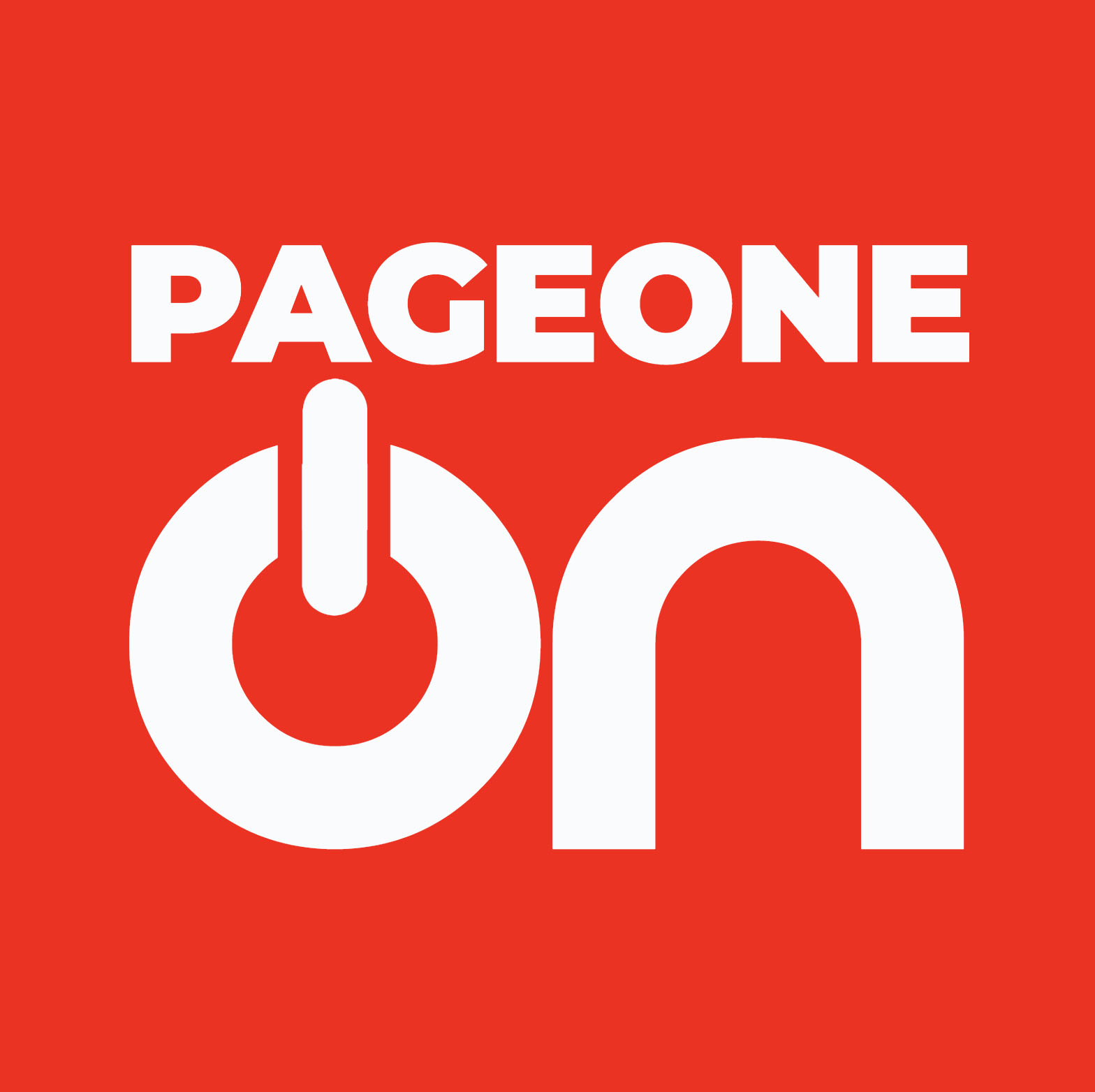Debt plays a significant role in the financial lives of many Filipinos, offering a way to fund major purchases, manage emergencies, and achieve life goals like homeownership. However, it also requires careful management to avoid falling into financial hardship. Understanding the different types of debt and their specific terms can help Filipinos make informed financial decisions and manage their liabilities responsibly.
This article provides an overview of the most common types of debt that Filipinos face, including personal loans, credit card debt, and housing loans. Each type of debt serves different needs and comes with unique terms, risks, and benefits.
1. Personal Loans
Personal loans are among the most accessible forms of debt in the Philippines. These loans are typically unsecured, meaning you do not need to provide collateral like a house or car. They are offered by banks, lending institutions, and even some financial technology (fintech) companies.
How Personal Loans Work
A personal loan allows you to borrow a lump sum of money that you repay over a fixed term, usually with monthly payments. Interest rates on personal loans can vary widely depending on the lender, your credit score, and the loan amount. Personal loans can be used for a variety of purposes, such as:
- Covering medical emergencies
- Paying for education
- Funding home renovations
- Consolidating other high-interest debts
Advantages of Personal Loans
- Flexibility: You can use the loan for almost any purpose, unlike housing or car loans, which are restricted to specific purchases.
- No Collateral Required: Most personal loans are unsecured, so you don’t need to put up any assets as collateral.
- Fixed Payments: The loan typically comes with a fixed monthly repayment plan, making it easier to budget.
Disadvantages of Personal Loans
- High Interest Rates: Personal loans often come with higher interest rates than secured loans like housing loans because they are riskier for lenders.
- Fees and Penalties: Some lenders charge processing fees, and late payments can result in steep penalties.
Tips for Managing Personal Loans
- Compare Lenders: Shop around for the best interest rates and terms. Online comparison tools like MoneyMax or GoBear can help you find competitive offers.
- Borrow What You Can Afford: Only borrow what you can comfortably repay each month, keeping in mind interest and fees.
- Create a Repayment Plan: Stick to a repayment plan to avoid late fees and accumulating interest.
2. Credit Card Debt
Credit card debt is another common type of debt in the Philippines. While credit cards offer convenience and flexibility, they also carry high-interest rates, especially if balances are not paid in full each month. Many Filipinos fall into the trap of accumulating credit card debt due to overspending or using their credit cards for emergencies without a repayment plan.
How Credit Card Debt Works
Credit cards allow users to make purchases on credit, which means you can buy now and pay later. Each month, you receive a statement listing your purchases and the minimum amount you need to pay. If you only pay the minimum balance, the remaining amount will accrue interest.
Advantages of Credit Cards
- Convenience: Credit cards allow you to make purchases even if you don’t have cash on hand.
- Rewards and Benefits: Many credit cards offer rewards points, cashback, and discounts for purchases, which can be advantageous if used responsibly.
- Build Credit History: Responsible credit card use helps build your credit history, which is important for future loans.
Disadvantages of Credit Card Debt
- High Interest Rates: Credit cards usually carry very high-interest rates (up to 3.5% per month or more), which can quickly accumulate if balances are not paid in full.
- Debt Trap: Paying only the minimum due can lead to long-term debt as the interest charges build up over time.
- Penalties and Fees: Late payments or going over your credit limit can result in additional fees and higher interest rates.
Tips for Managing Credit Card Debt
- Pay More Than the Minimum: Always aim to pay off your full balance each month to avoid high-interest charges.
- Track Spending: Monitor your spending to ensure you’re staying within your budget and not overspending with your card.
- Choose the Right Card: Select a card that suits your spending habits. For instance, if you travel often, opt for a card with travel rewards, or if you shop frequently, a card with cashback offers may be better.
3. Housing Loans
A housing loan, or mortgage, is a long-term loan used to finance the purchase of real estate, such as a house, condominium, or lot. Housing loans are typically secured by the property itself, meaning the lender can repossess the property if the borrower defaults on the loan. Housing loans are considered a form of “good debt” because they enable individuals and families to invest in an appreciating asset.
How Housing Loans Work
Housing loans in the Philippines are offered by banks, government agencies like Pag-IBIG, and some private lenders. They allow you to borrow a large sum of money to purchase property, which you repay over a long term, typically 10 to 30 years. The property serves as collateral, so lenders tend to offer lower interest rates compared to personal loans or credit cards.
Advantages of Housing Loans
- Low Interest Rates: Since housing loans are secured by the property, interest rates are generally lower than unsecured loans or credit cards.
- Home Ownership: Housing loans make it possible to own property, which can appreciate in value over time, providing long-term financial benefits.
- Flexible Terms: You can choose the loan term (e.g., 10, 15, 20 years) based on your financial situation and repayment ability.
Disadvantages of Housing Loans
- Long-Term Commitment: Housing loans require long-term financial commitment, often lasting decades.
- Property as Collateral: If you default on the loan, the lender can foreclose on your property and sell it to recover their losses.
- Additional Costs: Housing loans come with various additional fees, including closing costs, appraisal fees, and insurance premiums.
Tips for Managing Housing Loans
- Choose Between Fixed or Variable Rates: Some housing loans offer fixed interest rates, while others offer variable rates that may fluctuate over time. Fixed rates provide predictability, while variable rates might be lower initially but can rise.
- Calculate Affordability: Use a mortgage calculator to determine how much you can afford to borrow. Make sure your monthly payments do not exceed 30-35% of your monthly income.
- Take Advantage of Pag-IBIG: Pag-IBIG housing loans are often more affordable than traditional bank loans, with lower interest rates and longer payment terms.
Other Types of Debt Common in the Philippines
1. Car Loans
Car loans allow individuals to finance the purchase of a vehicle. They are secured by the vehicle itself, meaning the lender can repossess the car if the borrower defaults. Car loans typically have shorter terms (3 to 5 years) compared to housing loans.
2. Payday Loans
Payday loans are short-term, high-interest loans that are typically used to cover urgent financial needs until the borrower’s next payday. While they offer quick access to cash, they can trap borrowers in a cycle of debt due to exorbitant interest rates and fees.
3. Business Loans
For entrepreneurs, business loans offer financing for starting or expanding a business. These loans can be secured or unsecured and come with varying interest rates and terms based on the business’s risk profile and creditworthiness.
Debt is a common part of financial life for many Filipinos, and when managed responsibly, it can help you achieve important life goals like owning a home or starting a business. However, understanding the terms and risks associated with each type of debt is crucial to avoiding financial pitfalls. Whether you’re managing personal loans, credit card debt, or housing loans, always borrow within your means, prioritize timely payments, and plan ahead for long-term financial success.





